Research Article - (2015) Volume 1, Issue 1
György Keglevich*
Department of Organic Chemistry and Technology, Budapest University of Technology and Economics, 1521 Budapest, Hungary
Corresponding Author:
Gyorgy Keglevich
Department of Organic Chemistry and Technology
Budapest University of Technology and Economics
1521 Budapest, Hungary
Tel: (36-1)-463-1111/5883
Fax: (36-1)-463-3648
E-mail: gkeglevich@mail.bme.hu
The spread of professional microwave (MW) reactors in the last 25 years brought about a revolutionary change in synthetic organic chemistry. This methodology has also had a positive inpact on organophosphorus chemistry enhancing reluctant reactions, or just making the reactions more efficient in respect of rate, selectivity and yield. In special cases, MW irradiation may substitute catalyst, or may simplify catalytic systems.
Introduction
The use of the microwave (MW) technique spread fast in synthetic laboratories, and these days it knocks at the door of industry. At the beginning, only domestic MW ovens were available, but later, different variations of professional MW equipment were developed and utilized in many kind of syntheses, such as substitutions, additions, eliminations, condensations, acylations, esterifications, alkylations, C–C coupling reactions, cycloadditions, rearrangements and the formation of heterocycles [1].
The main problem with industrial application is the scale-up [2,3]. On the one hand, there is a problem with the structural material, as the batch reactors may be made of only teflon or glass. On the other hand, the limited penetration depth of MWs into the reaction mixtures prevents the construction of bigger size batch reactors. Presently, the only possibility for a certain degree of scale-up is the use of continuous-flow reactors [2,4]. A batch MW reactor may be supplied with a flow cell, where the mixture is moved by pumps. In another variation, a continuous tube reactor with a diameter of up to 6–9 mm was elaborated that makes possible the processment of ca 300 l/day [5]. A capillary microreactor consisting of four parallel capillary tubes was also described. The above equipment may be used well in industrial research and development laboratories. The only criterion of such application is that the reaction mixtures must not to viscous and heterogeneous. The author of this paper believes that “bundle of tubes” reactors incorporating a number of glass tubes with a diameter of several mm-s may bring a breakthrough in the industry. Another good accomplishment is to apply assembly linetype equipment that transports the solid reaction components placed in suitable vessels into a tunnel, where the irradiation takes place [6].
The most common benefits from MW irradiation is the considerable shortening of reaction times and the increase in the selectivities. However, the most valuable benefit is when a reaction can be performed that is otherwise rather reluctant under traditional thermal conditions. This may be the consequence of a so-called special MW effect [7]. There are, of course, other advantages as well that will be shown below within the pool of organophosphorus chemistry that is a dynamically developing field. Organophosphorus compounds including P-hetereocycles find applications in synthetic organic chemistry as reactants, solvents (ionic liquids), catalysts and P-ligands and, due to their biological activity, also as components of drugs and plant protecting agents [8-9]. The utilization of MW irradiation in organophosphorus chemistry is a relatively new field [10-13]. In this article, the attractive features of the application of the MW technique in organophosphorus syntheses are summarized in four groups.
Reactions those are Reluctant under Thermal Conditions
The most common way to prepare esters is the acid catalyzed direct esterification of carboxylic acids with alcohols (Figure 1). The reaction is reversible, hence the alcohol should be applied in excess and/or the water formed should be removed by distillation, in most cases, in the form of binary or ternary azeotropes.
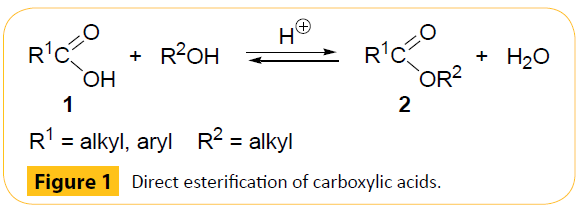
Figure 1: Direct esterification of carboxylic acids.
Phosphinic acids, however, do not undergo esterification with alcohols to afford phosphinates, or the reaction is rather reluctant (Figure 2/A). For this, the esters of phosphinic acids are synthesized by the reaction of phosphinic chlorides with alcohols in the presence of a base (Figure 2/B) [8]. An alternative possibility is preparation by the Arbuzov reaction (Figure 2/C) [8].
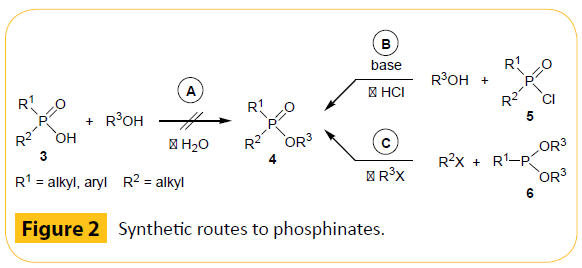
Figure 2: Synthetic routes to phosphinates.
The preparations of phosphinates were summarized [14]. The generally used esterification method (Figure 2/B) has the drawback of requiring the use of relatively expensive P-chlorides. Beside this, hydrogen chloride is formed as the by-product that must be removed by a base. Hence, the method is not too atomic efficient and is not environmentally friendly.
We tried the direct esterification of phosphinic acids with alcohols under MW conditions. To our surprise, a series of phosphinic acids underwent esterification with alcohols with longer chain at around 200°C on MW irradiation (Figure 3) [15–18].
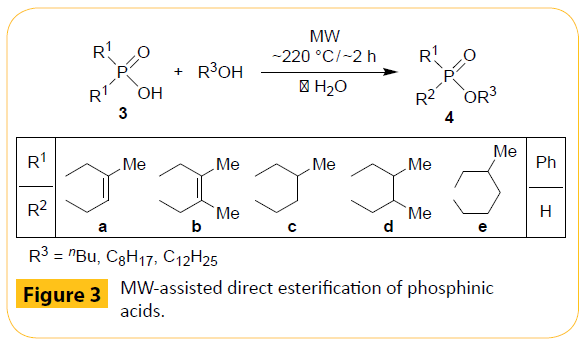
Figure 3: MW-assisted direct esterification of phosphinic acids.
The esterification of cyclic phosphinic acids, such as 1-hydroxy- 3-phospholene oxides, 1-hydroxy-phospholane oxides and 1-hydroxy-1, 2, 3, 4, 5, 6-hexahydrophosphinine oxides and phenylphosphinic acid was carried out in the presence of ca. 15-fold excess of the alcohols in a closed vessel to afford the phosphinates in acceptable to excellent yields [15,16,18]. The method seems to be of general value. It was also found that the esterification of phosphinic acids is thermoneutral and kinetically controlled [16,17]. Moreover, it was proved that the reaction under discussion is not reversible [16].
Reactions that became More Efficient under MW Conditions
There are many reactions in the field of organophosphorus chemistry that become more efficient on MW irradiation [10,11]. The advantages include shorter reaction times and higher yields. Moreover, in a lot of cases, there is no need for solvents. Such reactions are, for example, Diels–Alder cycloadditions, fragmentation-related phosphorylations and inverse Wittig-type transformations [19-22].
The MW-assisted synthesis of α-hydroxyphosphonates from substituted arylaldehydes and dialkyl phosphites under solvent free conditions also belongs to this group (Figure 4) [23].
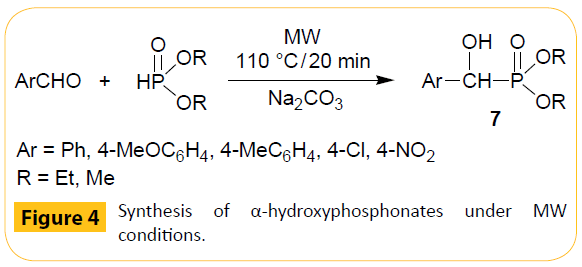
Figure 4: Synthesis of α-hydroxyphosphonates under MW conditions.
In a variation, dialkyl phosphites were added on the carbonyl group of α-oxophosphonates. The hydroxy-methylenebisphosphonates were obtained selectively in the reaction of acetylphosphonates (R1=Me), but in the reaction of benzoylphosphonates (R1=Ph), the formation of mixed phosphonates–phosphates was inevitable as a result of a rearrangement (Figure 5) [24,25].
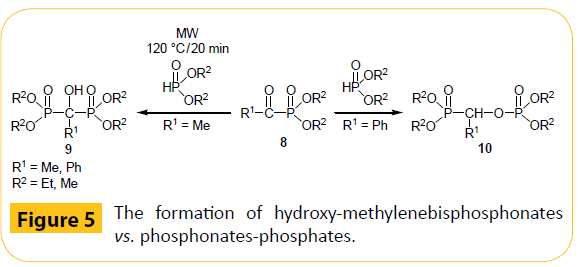
Figure 5: The formation of hydroxy-methylenebisphosphonates vs. phosphonates-phosphates.
The hydroxy-methylenebisphosphonates are analogues of widely used dronic acids/dronates used in bone diseases [26-28].
Reactions in which the Catalysts are Replaced by MW Irradiation
We found that active methylene containing compounds underwent C-alkylation by reaction with alkyl halides in the presence of K2CO3 under MW-assisted solvent-free conditions. In other words, the phase transfer catalyst could be substituted by MW irradiation [29,30]. This method was then extended to the alkylation of tetraethyl methylenebisphosphonate, diethyl cyanomethylphosphonate and ethoxycarbonylmethylenephosphonate (11c) to afford the corresponding monoalkylated products in variable yields (Figure 6) [31–33].
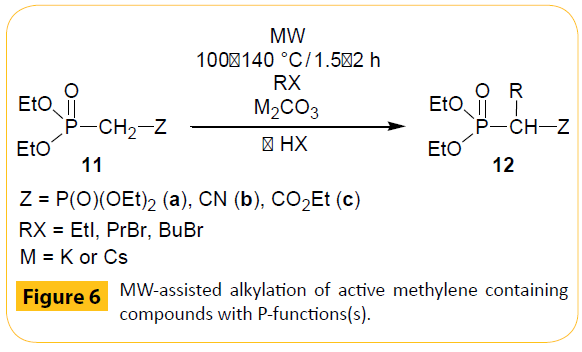
Figure 6: MW-assisted alkylation of active methylene containing compounds with P-functions(s).
In another field, α-aminophosphonates and α-aminophosphine oxides were synthesized by the solvent-free and catalyst-free MW-assisted Kabachnik-Fields condensation of primary amines, aldehydes/ketones and >P(O)H species (Figure 7).
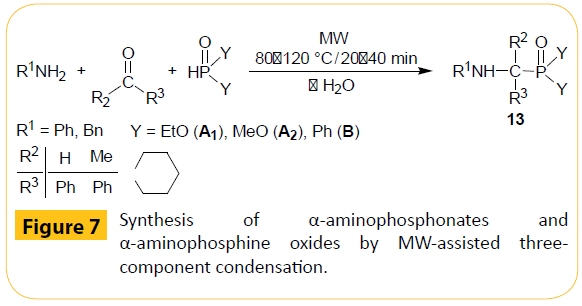
Figure 7: Synthesis of α-aminophosphonates and α-aminophosphine oxides by MW-assisted threecomponent condensation.
Earlier preparations utilized catalysts (e.g. BiNO3 [35], phthalocyanine [36], and Lantanoid (OTf)3 [37]) that cannot be regarded “green” agents. We proved that under MW conditions, there is no need for any catalyst. Moreover, the syntheses could be performed without the use of any solvent [38].
Applying heterocyclic amines or >P(O)H species, the resulting α-aminophosphonic derivatives included N-heterocyclic [39] and P-heterocyclic derivatives [40]. Later on, amino acids and esters were also used in the phospha-Mannich condensation [41,42].
Double Kabachnik-Fields condensations were also elaborated applying two equivalents of the formaldehyde and the same quantity of the >P(O)H species (Figure 8) [43,44].
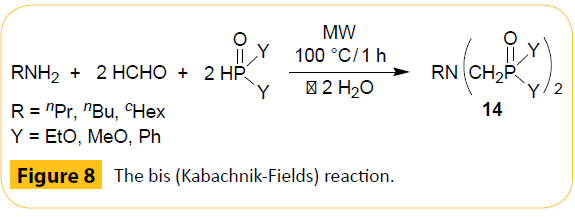
Figure 8: The bis (Kabachnik-Fields) reaction.
The bis (phosphinoxidomethyl) amines (Y=Ph) were useful precursors of bidentate P-ligands after double deoxygenation that could be used for the synthesis of ring platinum complexes [43,44].
As the consequence of their diverse bioactivity, the α-aminophosphonates are in the focus these days [45].
Reactions in which the Catalysts may be Simplified under MW Conditions
The Hirao reaction involves the P-C coupling of aryl bromides with dialkyl phosphites in the presence of Pd (PPh3)4 and a base in a solvent [46]. We were successful in elaborating a P-ligand-free variation of the P-C coupling under MW conditions. Hence, a series of substituted aryl bromides were reacted with dialkyl phosphites in the presence of Pd(OAc)2 catalyst, in the absence of any P-ligand to afford arylphosphonates in 69-93% yield. No solvent was used (Figure 9/ (1)) [47,48]. The reaction was then extended to couplings with alkyl phenyl-H-phosphinates and secondary phosphine oxides to give alkyl-diarylphosphinates and arylphosphine oxides, respectively (Figure 9/ (2) & (3)) [47,48]. In the latter instance, solvent had to be used to overcome the problem of heterogeneity.
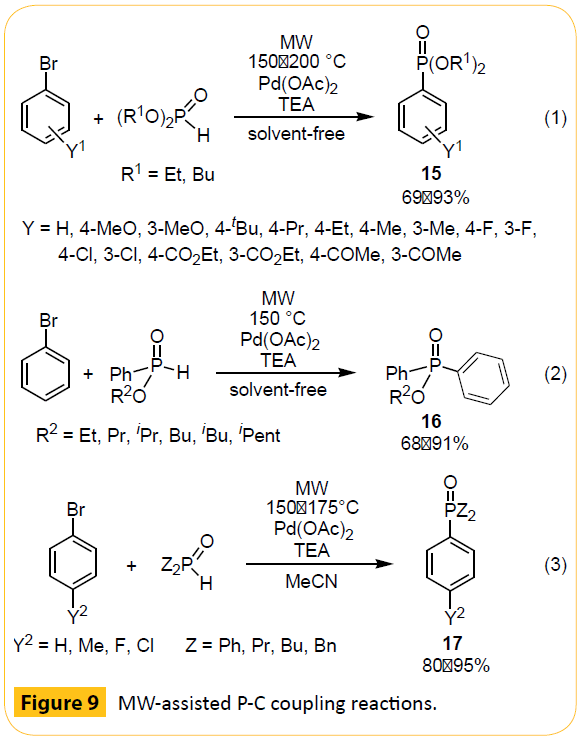
Figure 9: MW-assisted P-C coupling reactions.
A NiCl2-catalyzed version of the P-C coupling reactions was also developed [49]. NiCl2 is cheaper than Pd(OAc)2, however, the previous is more toxic.
The discovery that P-C coupling reactions may be carried out in the presence of P-ligand-free metal salts is important as decreases environmental burdens and costs [50].
Summary
In summary, the MW technique was shown to have an increasing potential in organophosphorus chemistry. It may make possible otherwise rather reluctant transformations, or, as in most cases, simply enhances the reactions, and makes them more efficient. In certain instances, MW irradiation may substitute catalysts, or may make possible the simplification of catalyst systems. Many MW-assisted reactions may be performed under solvent-free conditions.
Acknowledgement
The above project was supported by the Hungarian Scientific and Research Fund (OTKA K83118).